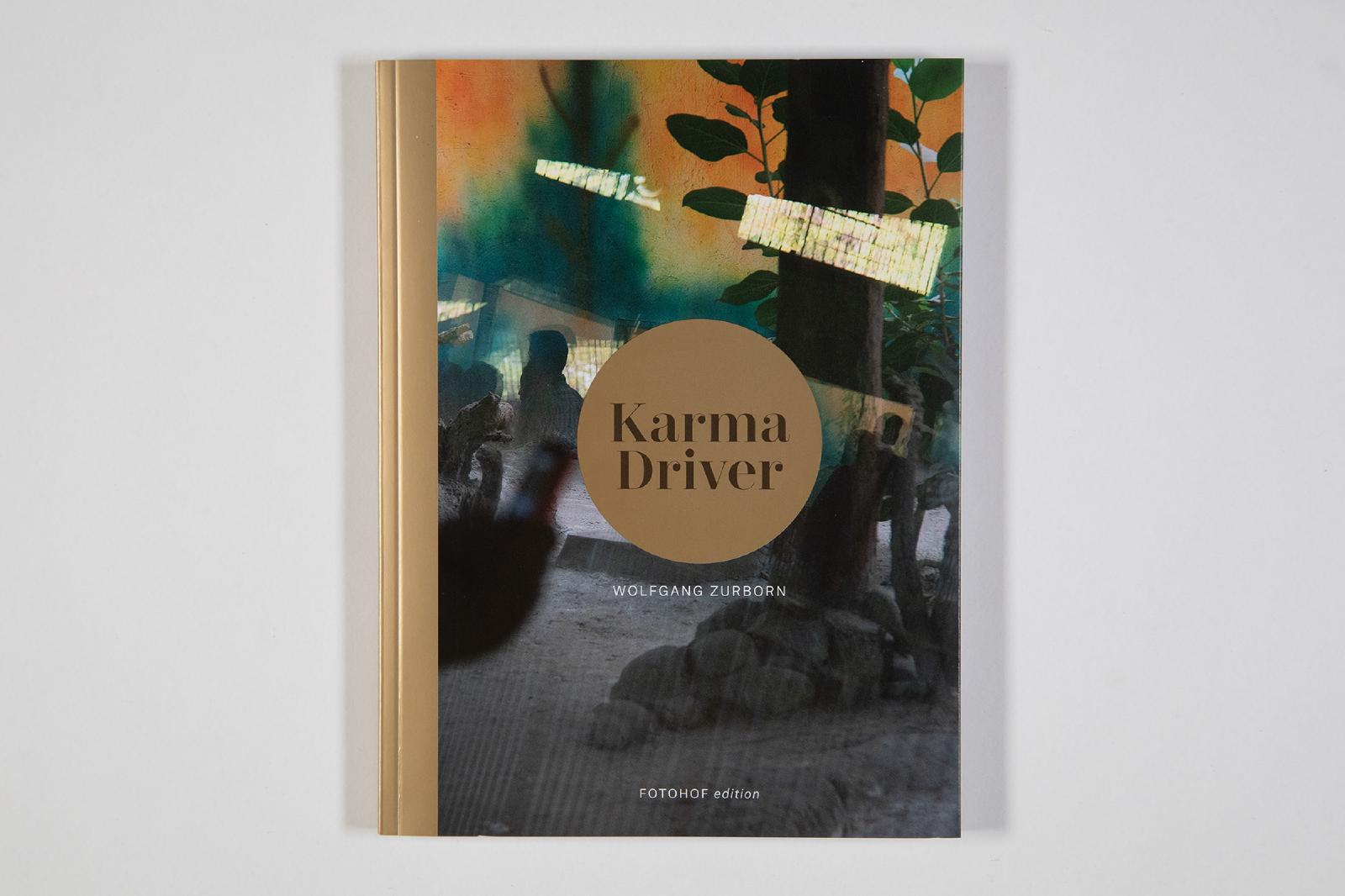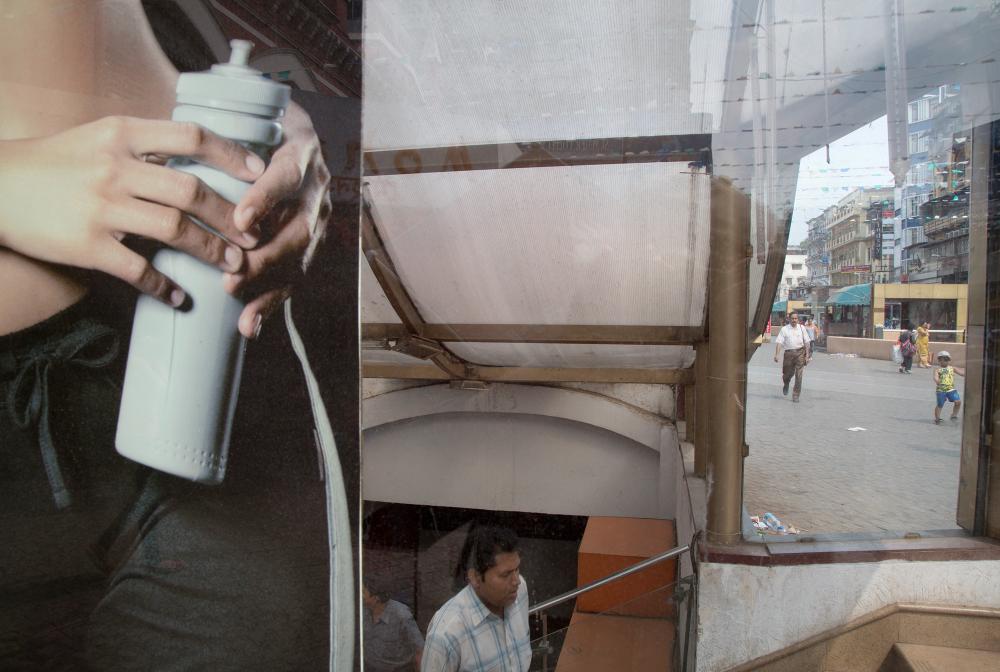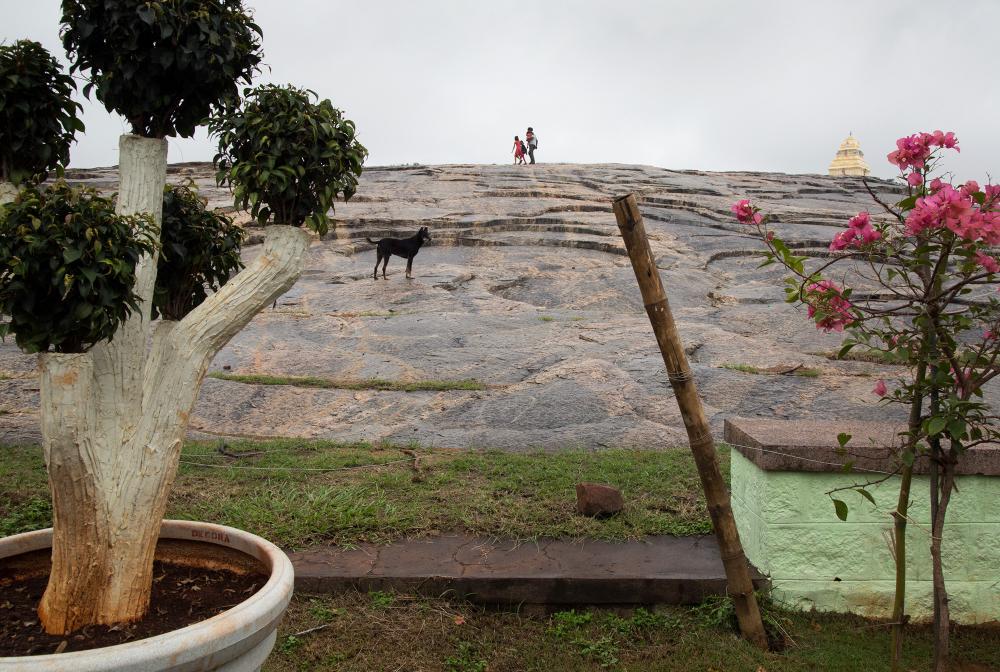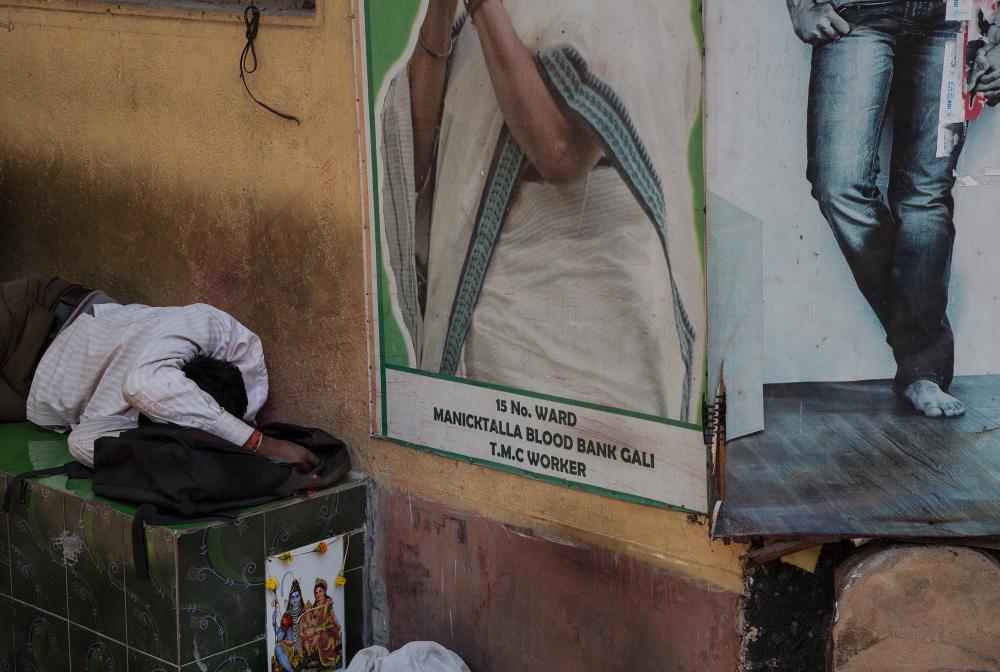Karma Driver
Book Publication at Fotohof edition, Salzburg Juli 2018
93 colour photographs by Wolfgang Zurborn
Texts by Heinrich Zimmer and Nimisha Misra
Publishing house: Fotohof Salzburg
Design: Heine/Lenz/Zizka, Berlin/Frankfurt
Production: Richard Reisen
Flexible cover, 18x24 cm
Edition: 800 copies
The image part of the book with 93 color photographs is supplemented by a separate text booklet with two very different texts.
The introduction is by the German Indologist Heinrich Zimmer. His philosophical statement from 1930 is at the same time a very intense reflection on the role of images in the context of cultural identity.
The essay My Hindi-Medium Father by the young Indian author Nimisha Misra casts a very personal and intelligent look at the influences of Westernization on private life in contemporary India.
Photographs
| Solo exhibitions | ||
|---|---|---|
| 2019 |
Karma Driver Kolkata International Photography Festival 2019, Kolkata, India |
|
| 2018 |
Karma Driver Galerie Lichtblick, Köln, Germany |
|
| 2017 |
Instant Kharma FSM Gallery, Florenz, Italy |
|
| Group exhibitions | ||
|---|---|---|
| 2019 |
1000 Wirklichkeiten 100 Jahre GDL/DFA Haus der Photographie, Deichtorhallen, Hamburg, Germany |
|
| 2018 |
Anscheinend Berlin im Rahmen des Europäischen Monats der Fotografie Galerie Ruhnke, Potsdam, Germany |
|
| 2016 |
The India Vision Quest Kolga Tbilisi Photo Artarea Gallery, Tbilisi, Georgia |
|
| 2015 |
The Theatre of Real Life - DWIH HORIZON - Art meets Science NID Gandhinagar Art Gallery, Ahmedabad, |
|
| 2015 |
The Theatre of Real Life - DWIH HORIZON - Art meets Science Christ University, Bengalore, |
|
| 2015 |
Book Launch "The India Vision Quest“ Results of photo masterclasses by Wolfgang Zurborn with young Indian photographers in Ahmedabad und Kolkata Gallerie Lichtblick, Köln, Germany |
|
| 2014 |
The Theatre of Real Life Ergebnisse von Workshops in Ahmedabad und Kolkata und eigene Fotografien aus Indien Indira Gandhi National Centre for the Arts, New Delhi, India |
|
Photographs from India 2013-2015
Life in the streets of the Indian megacities New Delhi, Kolkata, Ahmedabad and Bangalore held a great fascination for me. I noticed the traces of westernisation in all parts of society and, on the other hand, I could feel how strongly the people are still rooted in the traditional Indian culture. The lively urban chaos full of crazy contradictions shows the permanent competition between the different values. Billboards, advertising campaigns, film posters, election posters and fashion images intermingle in the urban space with ubiquitous religious places of worship and historical symbolic images.
The desire for all these temptations in everyday situations causes constant changes in social life. The Indian culture is very much influenced by the spiritual idea of karma, and this means that every single action in life is significant and can have consequences. In the act of photographing, I was driven by this tangible tension and focused my attention on the usually overlooked mundane everyday objects. An illustration of ideologies far removed from life is completely alien to me. My respectful view of the overwhelming, fascinating and sometimes disturbing world is a statement for tolerance towards different lifestyles and religions.
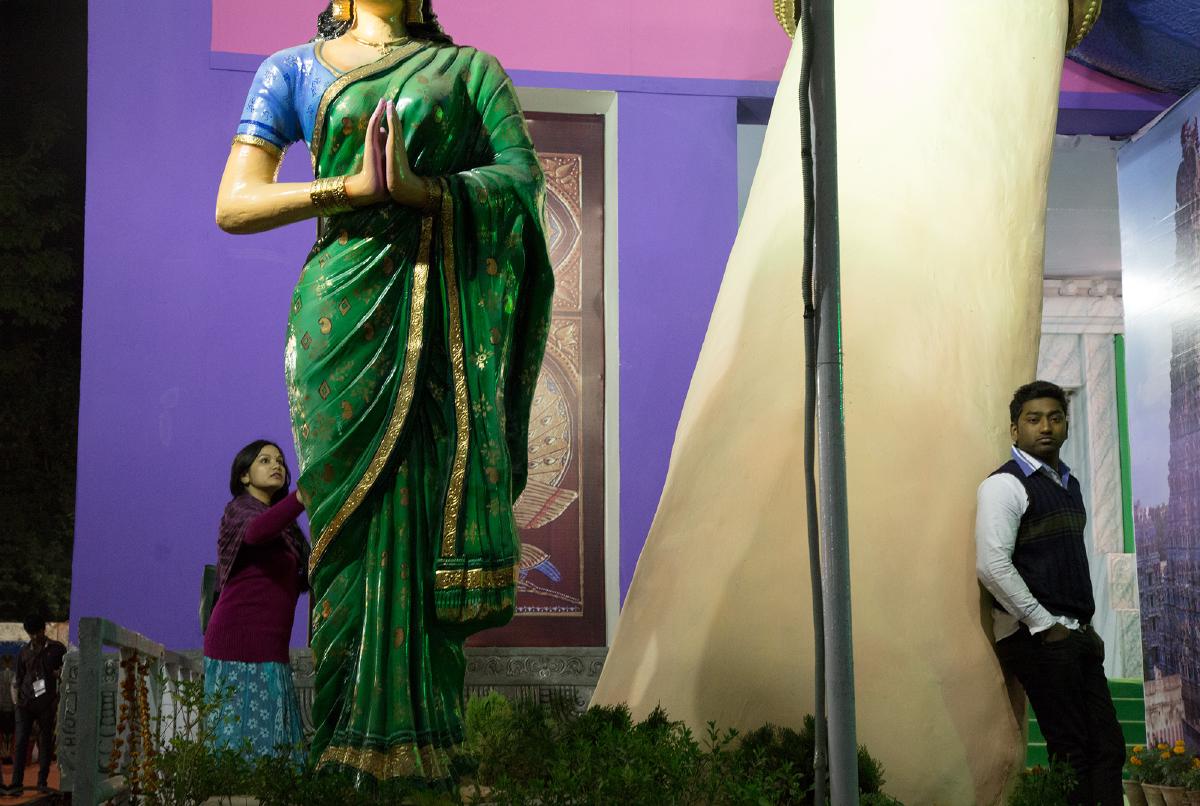
The philosophy of images
The challenge in approaching the world of the Indian megacities, which had been unknown to me until then, was to develop a personal visual language that does not leave the unknown in the realm of the exotic, but discovers the closeness in the foreign. The image of India in the international media is determined by colourful clichés of an ideal world or dramatic journalistic sensational images of catastrophes. My vision, on the other hand, is more literary, influenced by a magical realism in Indian literature, such as that of Salman Rushdie. Only a multilayered imagery full of unexpected discoveries and surprises can express my manifold feelings in the adventure of everyday life in India.
In the book Karma Driver I combine two different photographic styles. Vertical fragmentary views of urban spaces and objects on the double pages in such a way that collage-like image constellations result. The enigmatic visual dialogue creates an aesthetic ambivalence between harmony and confrontation. The viewer is free to find his or her own interpretation of the clash between Eastern and Western values. Another level in the sequence of photographic images is represented by horizontal photographs, which in a very direct and at the same time subtle way focus on the living conditions in the cities of today’s India.
Reviews
Wolfgang Zurborn
by Niko Havranek & Sebastian Gansrigler
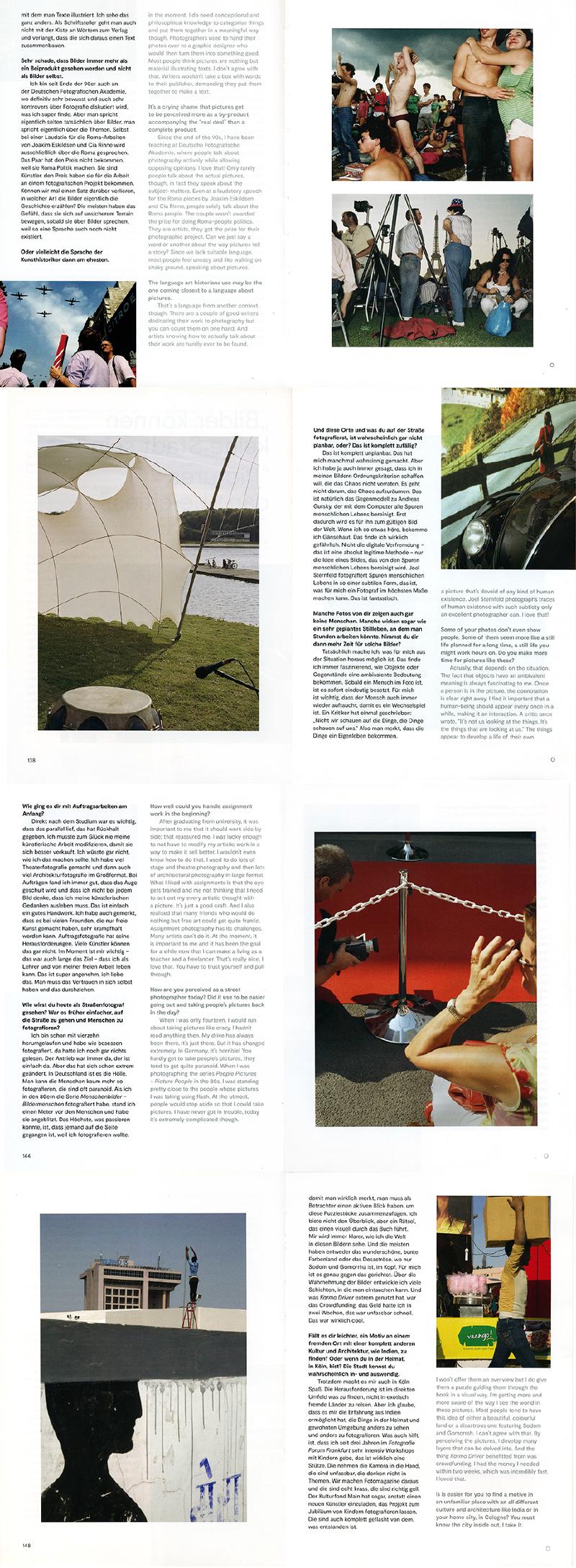
Interview by Niko Havranek & Sebastian Gansrigler with Wolfgang Zurborn on 28 pages with 24 images from the series “Frontgarden of Illusios”, “People Pictures - Picture People”, “LUsionen”, “dressur real”, “At the Centre of Speed”, " Drift", “Catch”, “In the Middle of the West” and “Karma Driver”
Crowdfunding: Books that Made It
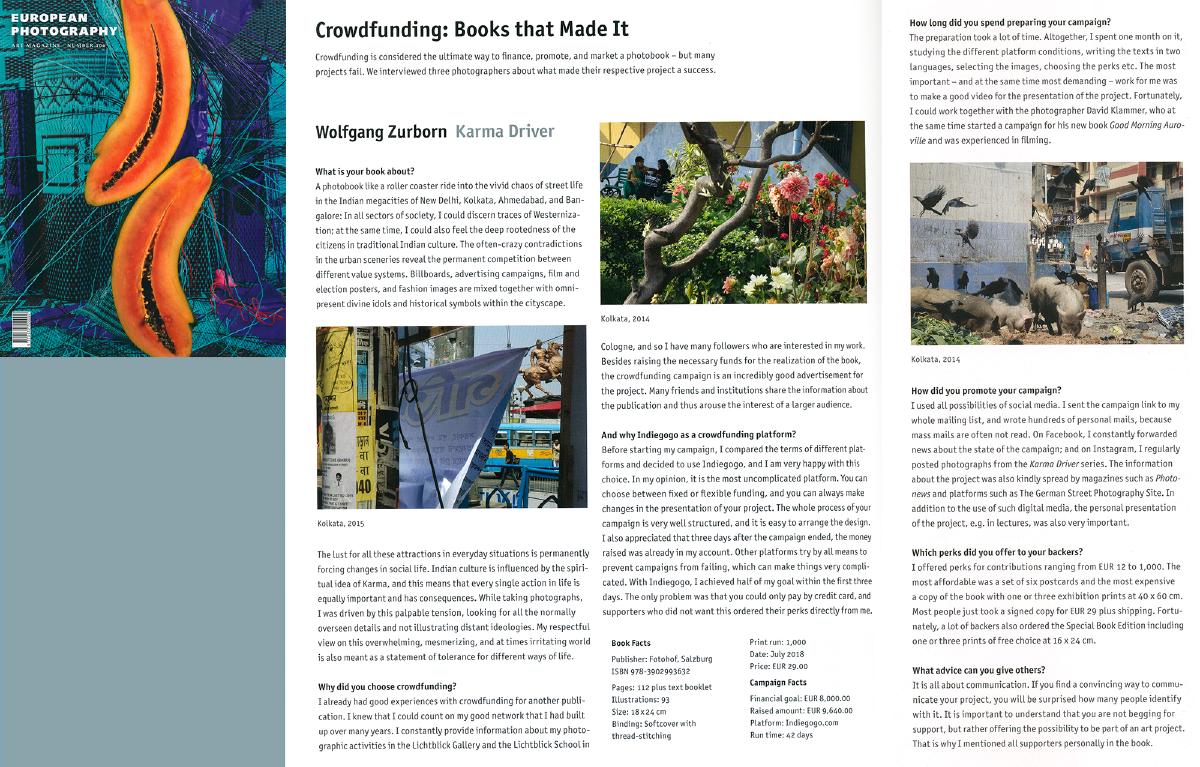
Kolkata to host Asia’s largest International Photo Festival
by Uma Nair
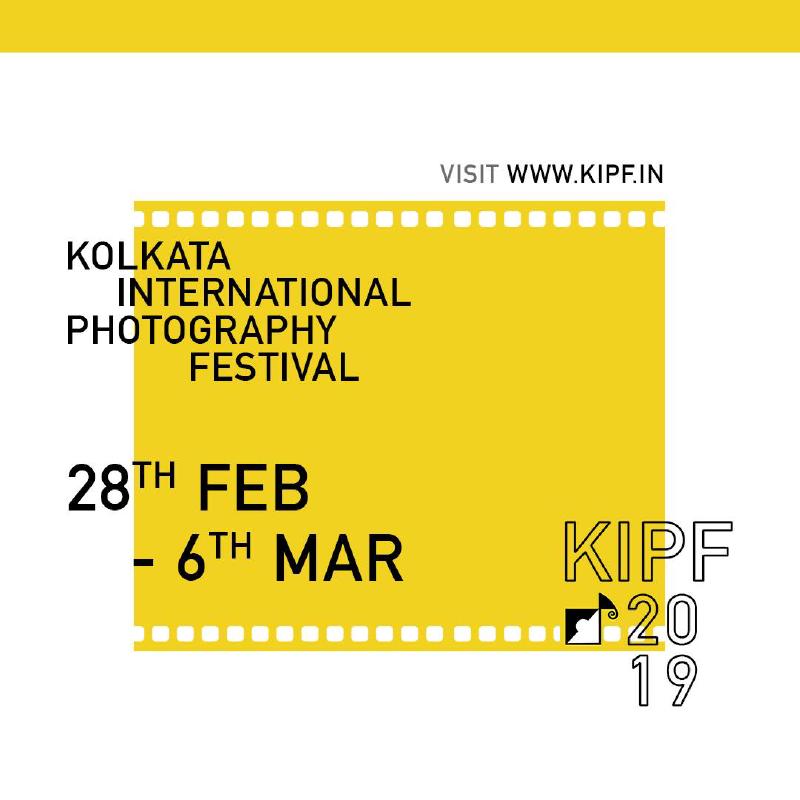
Kolkata to host Asia’s largest International Photo Festival
The Kolkata International Photo Festival (KIPF 2019) kicks off in February – to reveal some of the world’s iconic repertoires. Repertoires of the world’s greatest masters – many of which have never been shown before – while others have remained solitary in the vaults of private collectors are all set to enthral India in Asia’s largest photo festival taking place in Kolkata. The inaugural Kolkata International Photo Festival 2019 – Asia’s largest – is taking place for five days from Feb 28. The festival has two of the art world’s formidable giants as directors – Madhuchhanda Sen, founder of the iconic Maya Art Space and Kounteya Sinha – world renowned photographer who critics are calling the modern master of visual story-telling. The festival will be announced at India’s most iconic venue – the Victoria Memorial on Tuesday (Dec 11) where the festival directors will reveal some of the incredible collections sourced from across India and the world, many of which are held by private collectors and some of the country’s most revered families. Kolkata turns into a gallery The festival will turn Kolkata – India’s intellectual capital into a gigantic venerable gallery. Shows will take place in almost all of the city’s top institutions and venues including galleries.
Picture credit: Prashant Panjiar -Kumbh Mela
The festival will not just see repertoires of the world’s greatest artists but will also have some of the biggest names from the world of photography come into the city to interact and mentor a giant pool of the city’s best talent, through workshops and debates on new trends and practices. Sen said “Kolkata is considered to be India’s Mecca art and culture. Maya Art Space, being one of the most revered art venues in the country has been showcasing the best of photographic works of not only artists in the city but some of the stalwarts of this sub-continent and the world. The thought of doing this festival has been on our mind for over a year and we wanted to deliver one of the best curated and managed festivals India has ever seen”. “The repertoire we are putting up will make KIPF 2019 a must attend festival for the world’s who’s who. This will the first time that such a festival will take place in Kolkata and it has already shaped up to become the largest in the country, both in terms of the content and the scale of participants,” Sen who is herself a world renowned photographer and filmmaker and founded KIPF said. Sinha’s short stories in images Sinha, who is now one of India’s most respected and revered artists – his raw and dry journalistic narrative a toast for the world of art and story-telling says the festival has already shaken up the art world across the globe with its strong and yet sensitive curatorial drama.
Picture credit: Kounteya Sinha
“India has a very rich tradition of photography dating back to centuries. Erstwhile royal families hold a treasure trove of unknown and unseen works that have long languished in their vaults. However, families such as these are now keen for the world to see those treasures. What you will see at the festival is both traditional rare photo works, many of the repertoires have never been shown in public space and the best of contemporary photography from the modern masters,” Sinha says. Sinha who will himself show some of his works at the festival – his earlier repertoires having taken the world by storm adds “The festival will stitch Kolkata together into a singular platform – homes, galleries and public spaces all becoming platforms showcasing incredible work spanning decades. Madhuchhanda and I want to give India a festival that is best of both the worlds – East and the West and that is exactly what KIPF will be”. Jyoti Bhatt’s Living Walls
Picture credit: Jyoti Bhatt
Another major highlight of the festival will be the portrayal of Jyoti Bhatt’s work in a curated show called Living Walls – a testimony of India’s indigenous arts and vanishing traditions. Jyoti Bhatt – world renowned Indian painter, printmaker and photographer known for colorful works that combine a graphic sensibility with traditional Indian folk design will show 20 photographs of the Indian countryside.
Picture credit: Jyoti Bhatt
Bhatt’s early studies of painting and fresco led to a focus on intaglio printing processes in the 1960s and ’70s, when he picked up a camera and began to take photos of rural life in Gujarat and Maharashtra. Bhatt shares with KIPF a suite of his works that define him as a documentarian, an ethnographer, as an archivist of collective history and one who focussed on artistic terrain in the lives of people who belonged to social margins. Raghu Rai’s magnum opus on Kolkata One of the highlights of the festival will be the first ever look into India’s best known living photographer Raghu Rai’s 40 years of photographing Kolkata. Rai will showcase 50 of his works on Kolkata taken over the last four decades, mainly covering the world’s greatest festival – the Pujas. Rai who was awarded India’s highest civilian award – the Padmashree in 1971 and was nominated to join Magnum Photos in 1977 by none other than Henri Cartier-Bresson himself, will also release his first ever book on Kolkata’s Pujas at the festival. Rai who has served three times on the jury of the World Press Photo will also deliver a lecture on his intrinsic relationship with Kolkata and its subjects. S Paul’s hidden gems
Picture credit: Shyamal Datta
Another major draw at the festival will be a rarely seen portfolio of India’s most awarded photographer S Paul. The festival will pay tribute to the man who was referred to as “the humanist photographer” and as “the Henry Cartier- Bresson of India”. Never before has any festival had access to Paul’s intricate and private works. KIPF will host the first such show of Paul’s unseen repertoire. Paul was the first Indian to be profiled by The British Journal of Photography in 1967.
Picture credit: Shyamal Datta
Satyajit Ray He is considered India’s greatest cinematic maestro. But did you know that Satyajit Ray was also a tremendously sensitive photographer. KIPF will for the first time ever reveal Ray – the photographer.
Picture credit: Kounteya Sinha
Never seen before photographs taken by the Oscar winning filmmaker and kept carefully in the family vault will be shown to the world at KIPF 2019. The photographs will give a new look into the man’s mind and reveal to the world the images that shaped his cinematic brilliance. Bengal’s best names Some of Bengal’s greatest names from across fields – cinema to art, literature to music will for the first time ever, show their work behind a still camera.
Ace actress and director Aparna Sen, award winning filmmaker Goutam Ghosh, master painter Jogen Choudhury, globally acclaimed writer Kunal Basu, India’s greatest heart surgeon Ramakant Panda to music director Shantanu Moitra will showcase a body of work at KIPF 2019 that has never been exhibited before. These are photographs clicked privately by these renowned personalities which will be showcased in an entire gallery show.
Nemai Ghosh Arguably, Kolkata’s most revered old man of photography – Nemai Ghosh who is most known for working with Satyajit Ray as his photo biographer for over two decades, starting with Goopy Gyne Bagha Byne till Ray’s last film Agantuk will showcase a body of work across his life – not just on Bengal but also his tryst with Bollywood. The show under the section of Nostalgia will be a resounding reminder of Bengal’s domination in the field of arts and assert once again why Ghosh’s work is unparalleled even today.
KIPF is going to be a watershed moment for the contemporary practice of photography in India. Other than the colossus Raghu Rai it will also embrace the living walls of the indigenous documentation of the master Jyoti Bhatt. It will also straddle fathers and sons years apart like Habib Rahman and Ram Rahman, S Paul and Dheeraj Paul, two Assam born corporate legends who gave up plush jobs to travel into unknown territories and explore terrain and tribes like Prabir Purkayastha and Shyamal Datta and many more. With Prashant Panjiar’s historic Kumbh Mela images we will traverse history and myth and legend as we unravel stories within stories.
The advisory board of the festival has stalwarts like Jogen Chowdhury (world renowned artist), Sandip Ray (multiple award winning filmmaker), Gautam De (director, Indian Council of Cultural Relations), Nemai Ghosh (iconic photographer), Amol Ghosh (social activist) and Ganesh Holoi (eminent Indian painter) .and Uma Nair art critic and curator from New Delhi. DISCLAIMER : Views expressed above are the author’s own.
Instant Kharma: uno sguardo ironico sulle megalopoli indiane
by Cristina Piotti
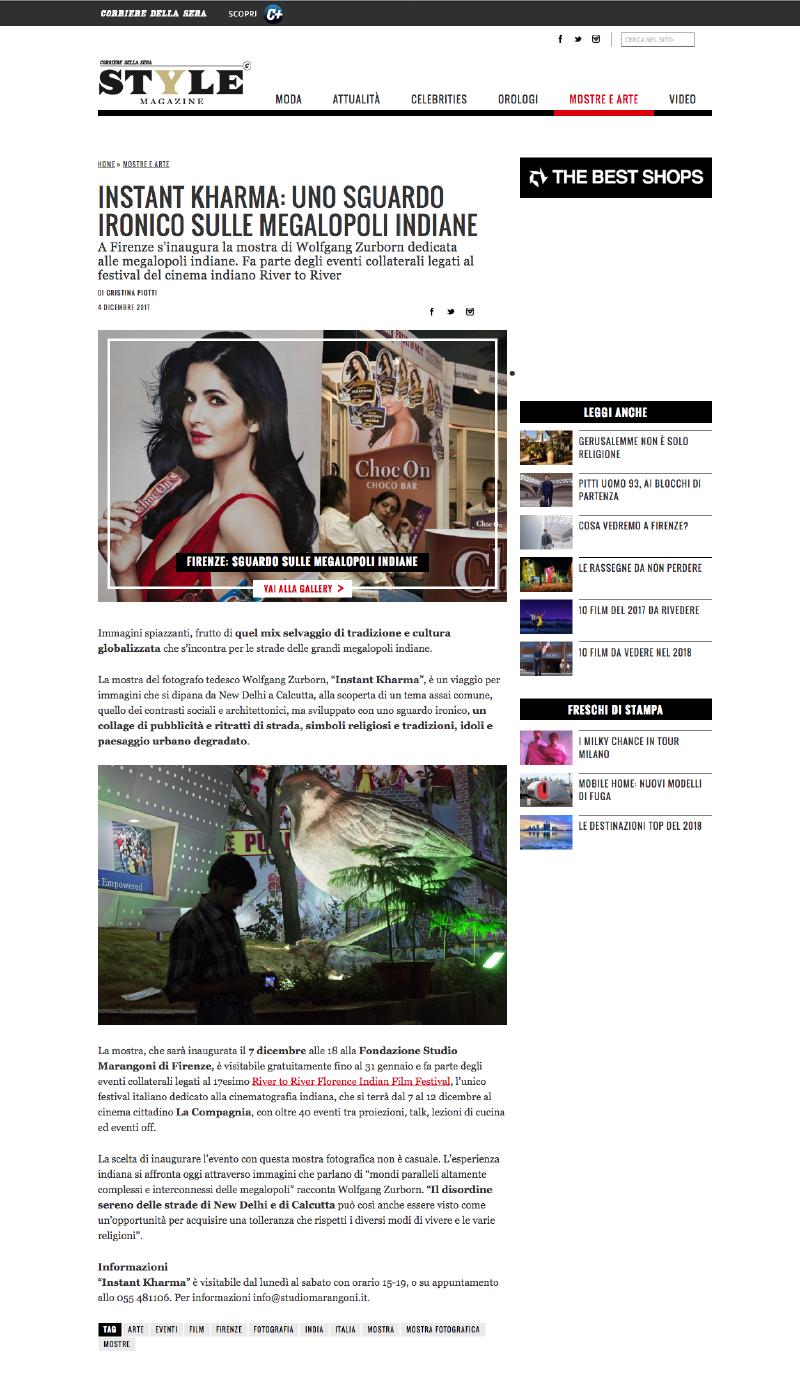
Immagini spiazzanti, frutto di quel mix selvaggio di tradizione e cultura globalizzata che s’incontra per le strade delle grandi megalopoli indiane.
La mostra del fotografo tedesco Wolfgang Zurborn, “Instant Kharma”, è un viaggio per immagini che si dipana da New Delhi a Calcutta, alla scoperta di un tema assai comune, quello dei contrasti sociali e architettonici, ma sviluppato con uno sguardo ironico, un collage di pubblicità e ritratti di strada, simboli religiosi e tradizioni, idoli e paesaggio urbano degradato.
Instant_Kharma_01 La mostra, che sarà inaugurata il 7 dicembre alle 18 alla Fondazione Studio Marangoni di Firenze, è visitabile gratuitamente fino al 31 gennaio e fa parte degli eventi collaterali legati al 17esimo River to River Florence Indian Film Festival, l’unico festival italiano dedicato alla cinematografia indiana, che si terrà dal 7 al 12 dicembre al cinema cittadino La Compagnia, con oltre 40 eventi tra proiezioni, talk, lezioni di cucina ed eventi off.
La scelta di inaugurare l’evento con questa mostra fotografica non è casuale. L’esperienza indiana si affronta oggi attraverso immagini che parlano di “mondi paralleli altamente complessi e interconnessi delle megalopoli” racconta Wolfgang Zurborn. “Il disordine sereno delle strade di New Delhi e di Calcutta può così anche essere visto come un’opportunità per acquisire una tolleranza che rispetti i diversi modi di vivere e le varie religioni”.
Informazioni “Instant Kharma” è visitabile dal lunedì al sabato con orario 15-19, o su appuntamento allo 055 481106. Per informazioni info@studiomarangoni.it.
